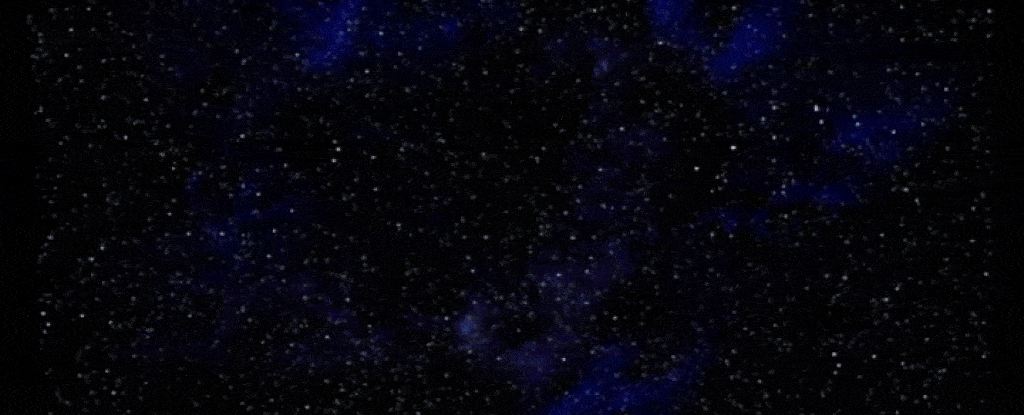We have a new upper limit for the mass of light.
According to measurements of pulsating stars scattered throughout the Milky Way and mysterious radio signals from other galaxies, a particle of light—called a photon—cannot be heavier than 9.52 × 10-46 kilograms.
It’s a small limit, but discovering that light has some mass would greatly affect the way we interpret the universe around us and our understanding of physics.
Photons are usually described as massless particles. These discrete amounts of energy fly through space-time at a constant speed, unable to accelerate or decelerate in a vacuum. This constant velocity implies masslessness and there is no evidence to the contrary.
However, we do not know with absolute certainty that photons are massless.
An excellent mass of zero would have profound consequences. This would contradict Einstein’s special theory of relativity and Maxwell’s electromagnetic theory, possibly leading to new physics, and possibly answering some giant questions about the universe (though raising a lot more in the process).
If a photon does have mass, it would have to be extremely small to have no major effects on the way the universe appears, which means we simply don’t have the tools to measure it directly.
But we can make indirect measurements that will give us an upper limit on this hypothetical mass, and that’s exactly what a group of astronomers did.
A team from Sichuan University of Science and Engineering, the Chinese Academy of Sciences and Nanjing University analyzed data collected by the Parkes Pulsar Timing Array and fast radio burst data from a number of sources to determine how massive the light might be.
The Pulsar Timing Array is an array of radio telescope antennas for observing neutron stars that send pulsed beams of electromagnetic radiation at extremely precise millisecond pulsars. Fast radio bursts are extremely powerful bursts of light of unknown origin that are found in vast intergalactic gaps in space.
The property the researchers studied is known as a measure of dispersion, one of the key attributes of pulsars and fast radio bursts. It refers to how strongly a pulsed beam of radio light is scattered by the free electrons between us and the light source.
If photons have mass, their propagation through a non-vacuum space inhabited by a plasma will be affected by both the mass and the free electrons in the plasma. This would result in a delay time proportional to the mass of the photon.
A pulsar timing grid looks for delays in the timing of the pulsars’ pulses relative to each other. Especially within the ultrawide bandwidth, the effects of dispersion can be minimized, allowing researchers to calculate how much delay might be contributed by the hypothetical photon mass.
Meanwhile, dedispersion of signals from fast radio bursts can also reveal a delay proportional to the photon’s mass.
By carefully studying this data, the team was able to derive their upper limit of 9.52 × 10-46 kilograms (or in equivalent energy 5.34 × 10-10 electronvolt c-2). Note that this does not mean that the photon has mass; it just means that we have a new limit where the mass could fall if it existed.
“This is the first time,” the authors write, “that the interaction between a nonzero photon mass and the plasma medium has been considered and calculated as the photon propagates through the plasma medium.”
It’s not much lower than a measurement published in 2023, but it’s a refinement. This means that scientists investigating hypothetical photon mass effects have a more precise range to work within.
The research also demonstrates, the astronomers say, the need for high-precision radio telescopes. We’re unlikely to be able to weigh a photon anytime soon, but getting ever-higher-quality data will allow us to further narrow down the measurement, and with it, its potential effects on the universe around us.
The study was published in The Astrophysical Journal.



